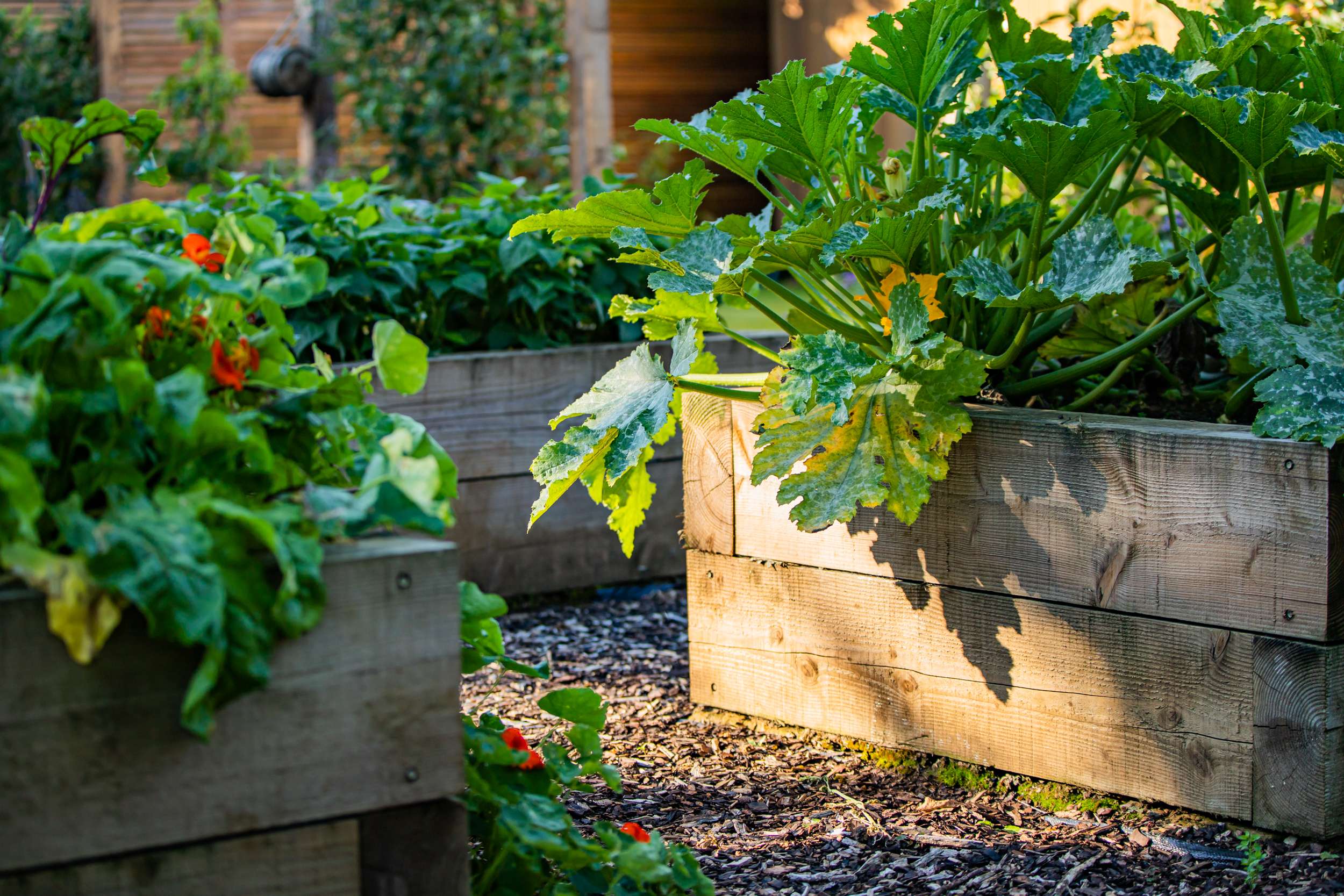April Gardening Tips
April is an exciting month for gardeners as the countryside starts to look green and vibrant again. The days are warmer, brighter and longer – despite the odd dramatic April shower to frustrate our newfound optimism! The sound of lawnmowers coming out of their winter hibernation reminds us that we will be busy in the gardens once again, ensuring everything is healthy and ready to shine this summer. This month is also an opportunity to introduce new plants and ideas to our green spaces, exploring new directions and what it is that makes us connect with nature.
- Check for early signs of pests– Whilst the better weather brings us out into our gardens, it also brings out the pests so we need to be checking our plants and trees for any early signs of colonies moving in. As they say, prevention is better than cure, early action can help stop any colonies building up too drastically. For example, aphids are a common garden visitor and will be eyeing up our roses and perennials. To keep these critters at bay, rub or hose them off, avoiding pesticide sprays to help support friendly and beneficial visitors.
- Remove frost damaged shoots – Any slightly tender evergreen shrubs such as Mexican orange blossom (Choisya ternata) can be tidied up by removing any damaged or misplaced stems. Any significant pruning should be left until they have finished flowering or when the threat of a late hard frost has passed. Stems should always be pruned back to a healthy leaf lower down the shoot or to a stem junction.
- Plant perennials – Continue planting perennials and look to fill any gaps in your borders this month. April is a great month to give new plants a solid start as the weather is mild and wet, encouraging a good growing season. Please come and visit us at Rosara at Nicholsons to see our range of perennials which are ideal for providing interest in your summer borders.
- Tie-in climbing roses and ramblers– Any loose or new shoots will need tying in and training horizontally. This causes the flow of sap to be restricted thus encouraging more side shoots to develop along the length of the main stems and, consequently, more flowers. If left to grow vertically, all the flowers will grow at the tips of the stems and will therefore be less easily seen.
- Plant and sow herbs – By now, most herbs can be sown outside and any that were sown earlier can be planted out by the end of the month after hardening off in a cold frame. Many young herb plants are now available to buy here at Rosara at Nicholsons.
- Plant up alpine troughs and containers – Alpines hate the cold rains which can cause them a lot of damage in the winter. Now it’s spring, it’s a good time to plant new alpines which can look particularly good when placed in troughs or containers. Many are coming into flower now, giving an instant effect when placed into the garden. Alpines like good drainage so ensure any containers have plenty of drainage holes and a layer of coarse gravel at the bottom. In addition, the compost used to fill the container should consist of equal parts compost and coarse grit.
- Finish dividing summer flowering perennials– April is the latest month for lifting and dividing if you want your perennials to flower in the summer and autumn. Where possible, always revitalise the soil with well-rotted farmyard manure or garden compost before replanting perennials. Water in well after planting, particularly if the weather is dry.
- Sow annual grasses – Grasses can bring contrast to a garden when next to broad-leaved plants, giving a more ‘naturalistic’ look to the border with their delicate foliage and attractive seedbeds. A couple of varieties to try are hare’s-tail grass (Lagurus ovatus) or squirreltail barley (Hordeum jubatum) which can both be sown outside from now on. You can sow them in drifts similar to annual flowers or sow them in drills so you can identify them from weed grasses when they germinate.
- Sow tomatoes– Sow your tomatoes now for planting outdoors in early June. Sow the seeds thinly in trays or small pots containing seed compost and cover with vermiculite. When the seeds germinate and are large enough to handle, either prick out into trays or into small pots. There are many tomato varieties to choose from so it really just comes down to a matter of taste as to which ones you grow!
- Water in nematodes– This blog started with pests, namely aphids, and so it ends with a note towards some other garden visitors that can really damage our plants: vine weevils. Their grubs feed on the roots of plants, significantly weakening and even killing our plants before they really get going for the growing season. The grubs then develop into adults, which feed on the leaves causing more damage. Adults are rarely seen as they come out at night but infestations can occur if not tackled. The most effective organic control is a biological nematode which is available throughout spring and is watered into the soil according to the manufacturer’s instructions. To achieve the best results, repeat the treatment in autumn.
Happy gardening!
If you have any further questions or would like some assistance with your garden, then visit our Nicholsons Garden Management webpage.









